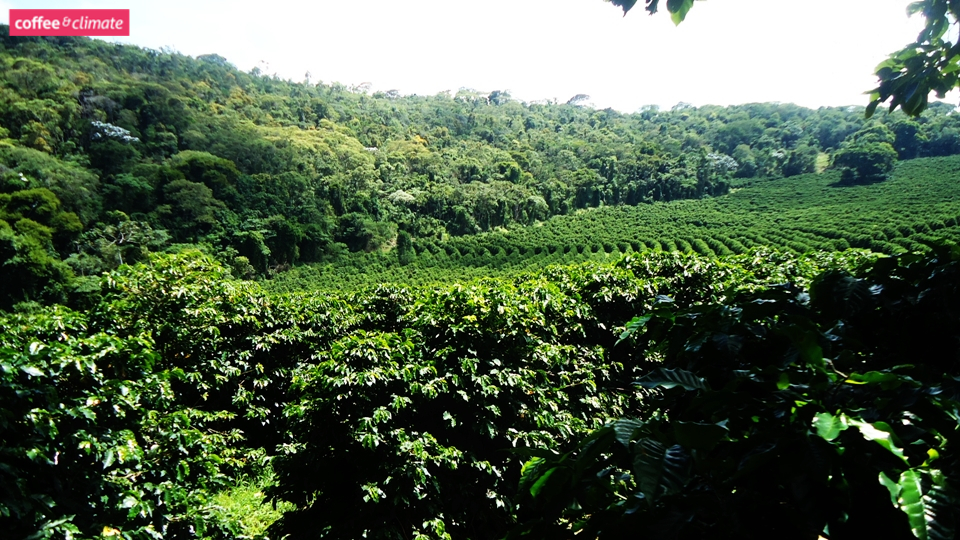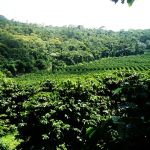Permanent Preservation Area (PPA)
PPAs (under Brazilian law 12.651) are natural protected areas, with rigid limits of exploitation, that is, direct economic exploitation is not allowed. For this, the farmer must delimit the area according to the forest code and isolate it with natural fences (native trees predominant in the region) or physical barriers (fences and wire) to avoid the entry of external animals (livestock) and human activities (cultivation, collection of firewood, hunting, etc.).

Concept
The preservation of PPAs offer several benefits, such as the maintenance of water resources, where it is seen that the springs are protected and thus maintain the flow of water, even during the dry season. Tthere are other benefits including an improved more diverse landscape. Local biodiversity is also preserved and increased, facilitating a greater movement of both fauna and flora. Aanother action is to improve connectivity between areas through the formation of ecological corridors thus helping to preserve species. The protection of PPAs aims to ensure a better quality of life for human populations. However, it is necessary that delimitation of the PPA be in accordance with the Forest Code (12.651), ensuring compliance with the standard and its effectiveness.
Drawbacks
- Reduction of the productive area, however, it is obligatory requirements before the law.
Costs
- Low to moderate.
Recommended Activities
- Delimit the PPA according to the number of legally recognized farms and properties and the width of the watercourse (stream, river): in case of a spring, there must be 50 meters of protection; for watercourses of less than 10 meters wide, 30 meters of preservation; watercourses 10 to 50 meters wide, 50 meters of preservation; from 50 to 200 meters wide, 100 meters of preservation; 200 to 600 meters wide, 200 meters of preservation; and more than 600 meters wide, 500 meters of preservation.
- For protection, encircle the delimited zone with fences and wire to prevent the entry of animals and people that may cause some kind of impact on the natural vegetation.
- Native trees should also be planted in natural areas, according to the combination ranges provided in the forest code, taking account of the number of properties involved.
- Have something to add to this tool description? Leave a comment!
- Interested in applying this tool? Look for pictures, case studies and info sheets below for step-by-step instructions to get you started.

Leave a comment
0 comments